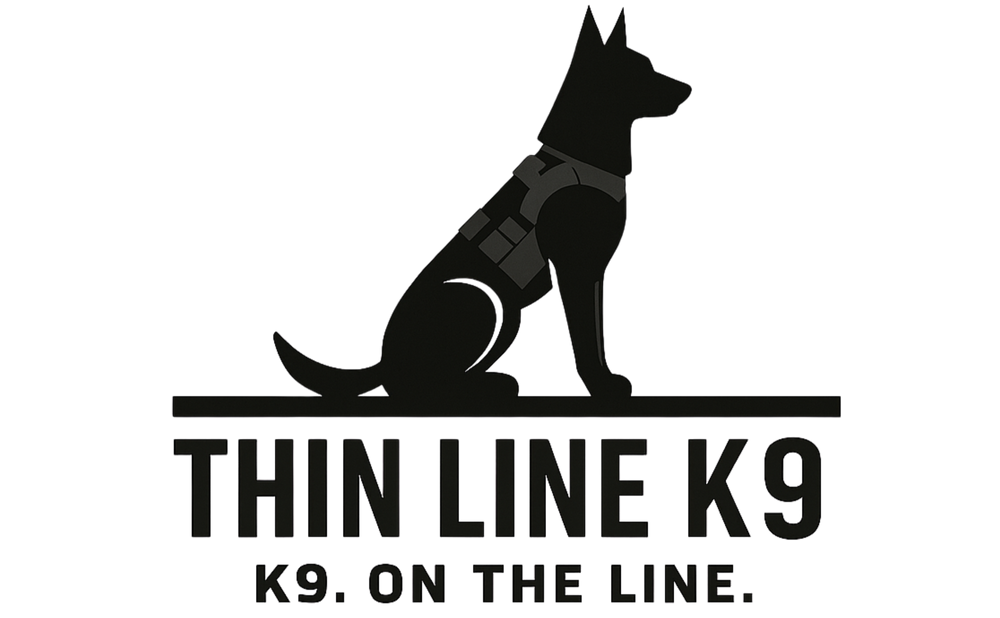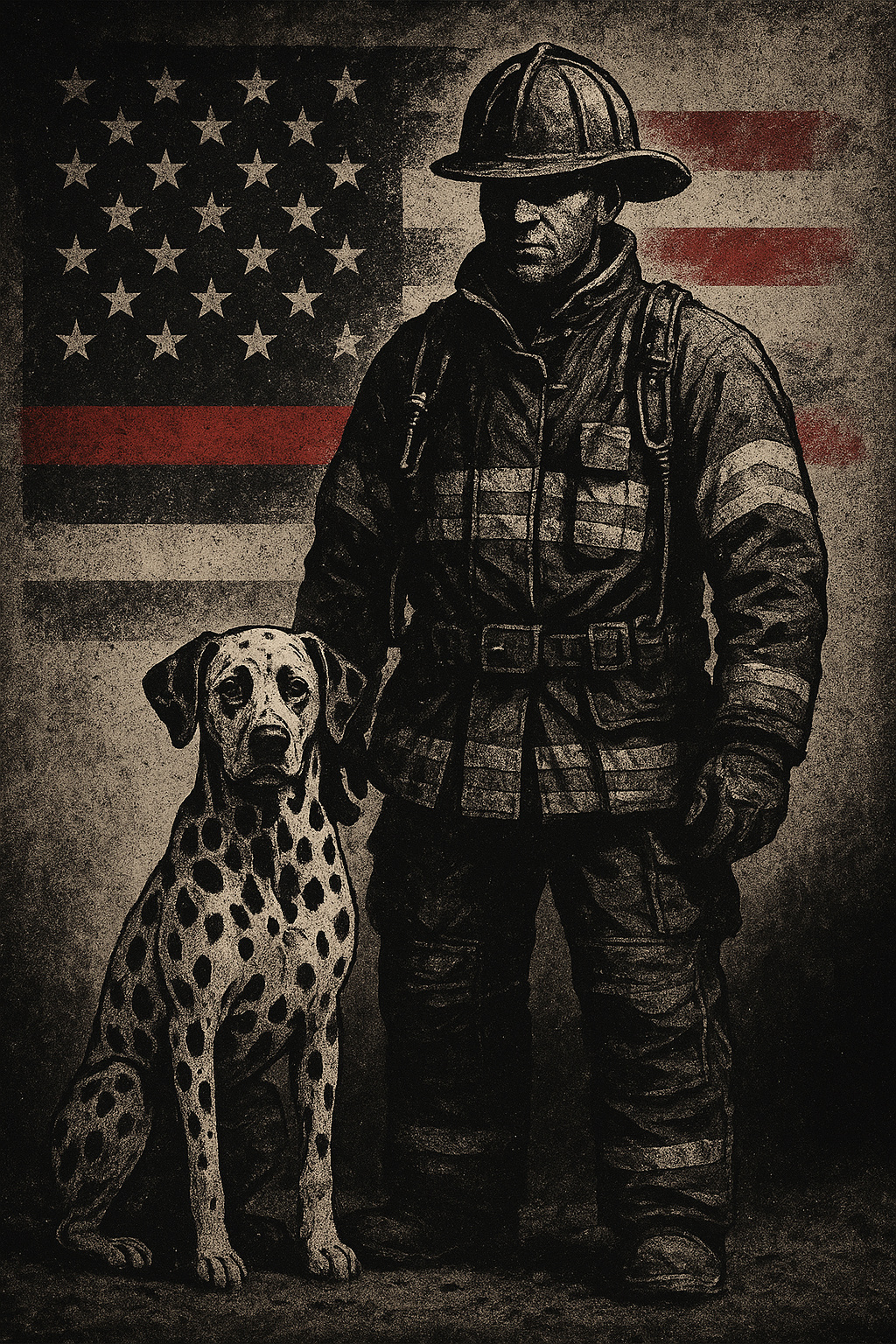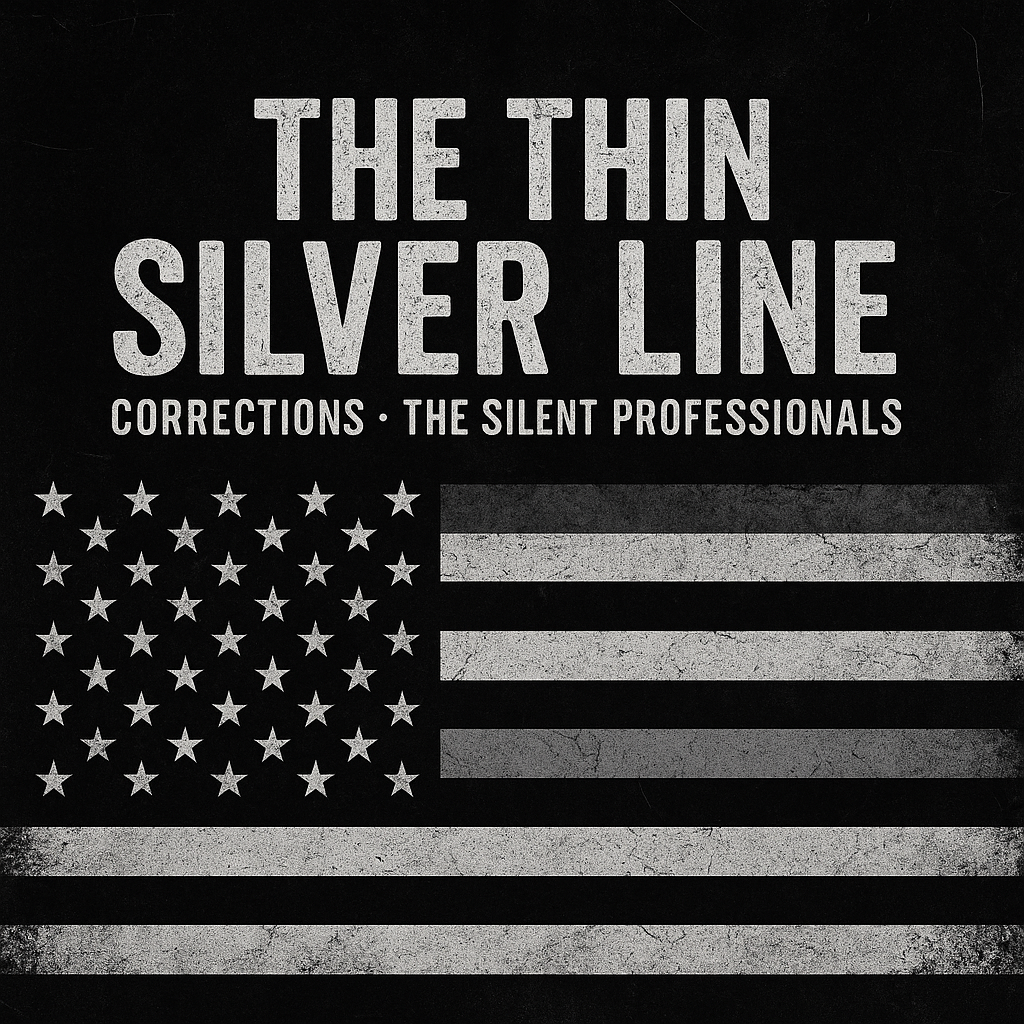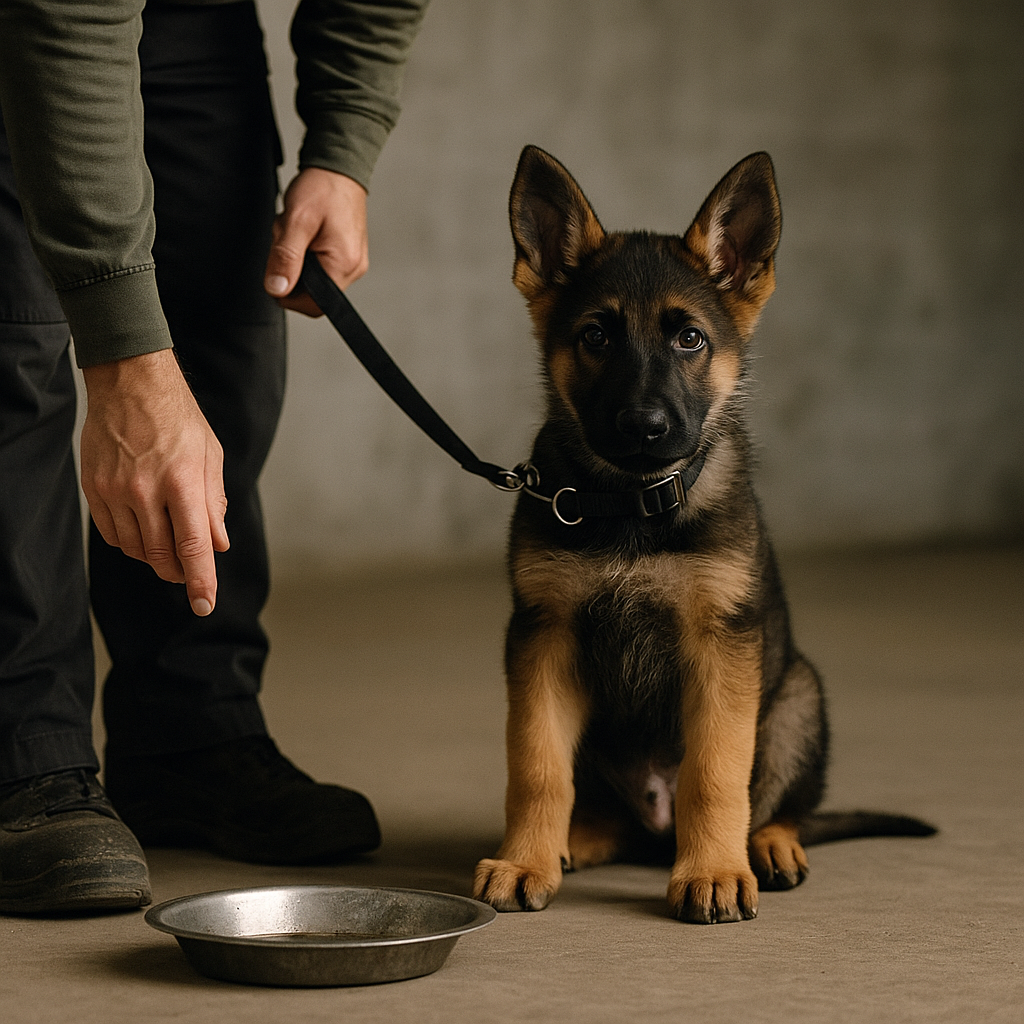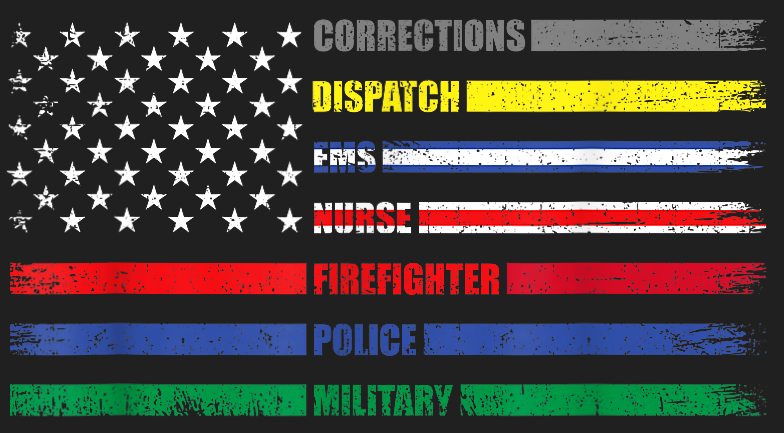Let’s get one thing straight—dogs aren’t just man’s best friend. They’re trackers, takedown artists, life-savers, and in the world of law enforcement and military service, they’re teammates with teeth.
This post is for the real ones—the K9 handlers who trust their lives to a four-legged partner, and the supporters who know these dogs aren’t just pets… they’re warriors with tails.
🐾 From Battlefield Brawlers to Crime-Fighting Canines
Dogs have been putting in work for centuries—long before we started putting badges on collars. The Romans strapped armor on them. Medieval lords had them guarding castles. Egyptians probably would’ve put one on the throne if they could’ve taught it to walk upright.
But the modern K9 unit? That beast was born in Ghent, Belgium in 1899, when police started training dogs to do what humans couldn't—sniff out suspects and shut them down fast. Germany followed suit and fine-tuned the art of turning loyal pups into precise tools of the trade.
By World War I, dogs were delivering messages through gunfire, detecting mines, and guarding soldiers like the furry badasses they are.
🚔 When the U.S. Got in the Game
America joined the party in the 1920s, but it wasn’t until the 1950s that K9 units really started making noise. Departments realized pretty quickly: a good dog doesn’t just chase bad guys—it finds dope, tracks suspects, comforts victims, and intimidates the hell out of anyone dumb enough to run.
The Baltimore PD gets credit for one of the first permanent units in 1956—and the rest of the country soon followed.
Since then, K9s have gone from backup to essential asset. They detect drugs, bombs, weapons, money—you name it. They’ve changed the way policing is done.
🦴 What K9s Do (Besides Everything)
These dogs don’t clock in for belly rubs (although they’ve earned them). Here’s a taste of what K9 units are trained to handle:
-
Patrol: Suspect tracking, crowd control, personal protection. They’re basically a one-dog riot squad.
-
Detection: Narcotics, explosives, guns, cash. If it smells like trouble, they’ll find it.
-
Search & Rescue: Wilderness, disasters, collapsed buildings—if someone’s missing, they’re on it.
-
Cadaver Detection: When the trail’s gone cold, they don’t quit.
-
Emotional Support: Believe it or not, these tough dogs also comfort victims and officers after trauma. Yeah—they’ve got range.
🐕 Meet the Breed: Only the Best Make the Cut
Not every dog’s cut out for the job. These aren’t your average fetch-and-nap types:
-
German Shepherds: Brains, brawn, loyalty—basically the full package.
-
Belgian Malinois: Fast, focused, and just a little crazy—in a good way.
-
Labradors: Friendly on the outside, relentless on the scent trail.
-
Bloodhounds: Their noses are basically supercomputers with ears.
🎖️ A Bond Forged in Grit
K9 handlers don’t just train these dogs—they bleed with them. The bond between handler and K9 is something most people will never understand. It’s loyalty, trust, and respect—built one call at a time.
When a dog retires, it’s not just the end of service—it’s the end of a chapter. And when one is lost in the line of duty, it hits harder than most will ever know. Some departments now offer pensions, retirement ceremonies, and full honors. As they should.
🐾 Final Word: Four Paws, Full Heart, No Fear
From ancient war zones to modern city streets, K9s have had our six for centuries. They save lives. They chase evil into corners. They serve without ego, without complaint, and without a second thought.
So next time you see a K9 unit, remember—you’re not just looking at a dog. You’re looking at a partner, a protector, and in many cases, a hero that just happens to drool.
